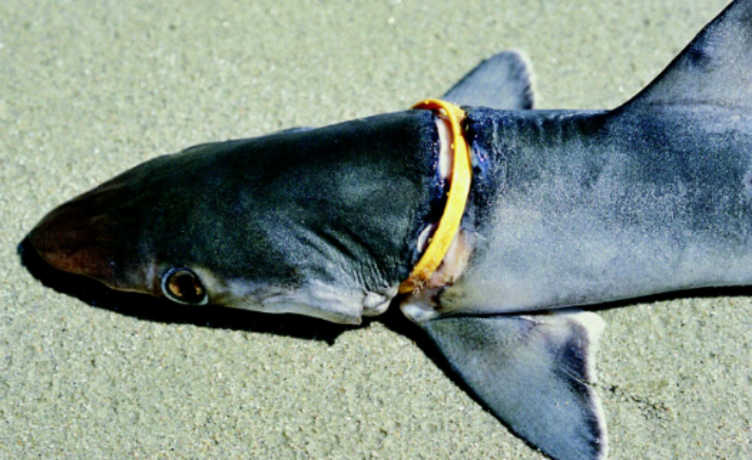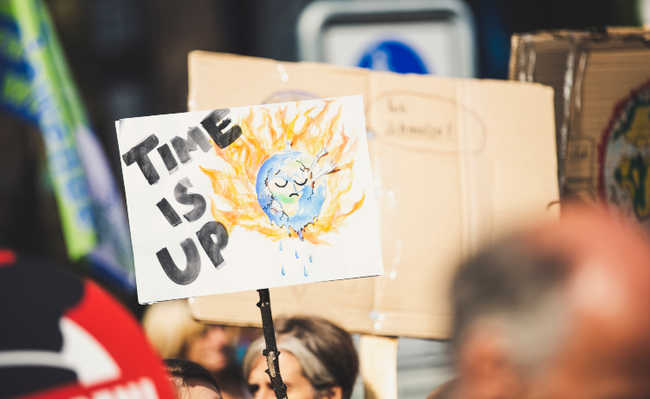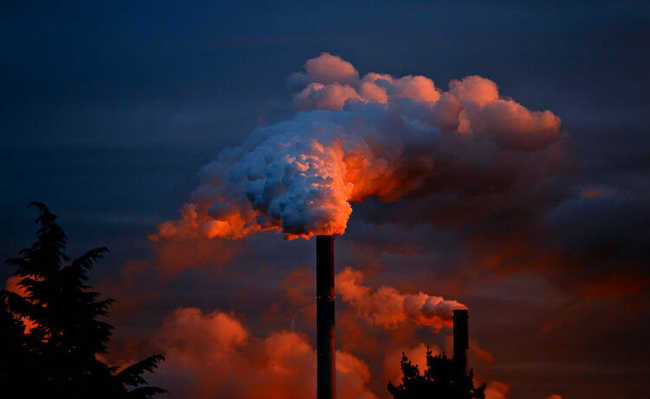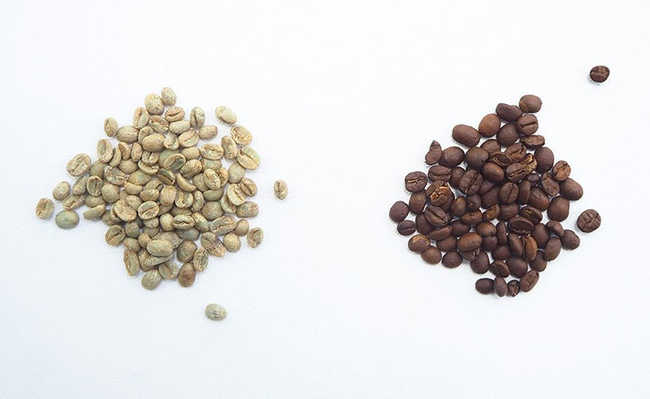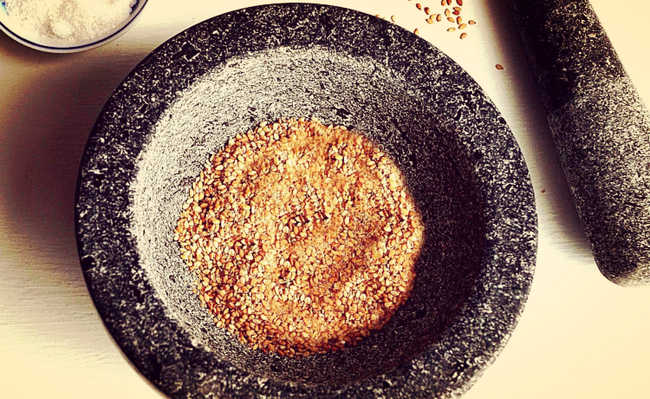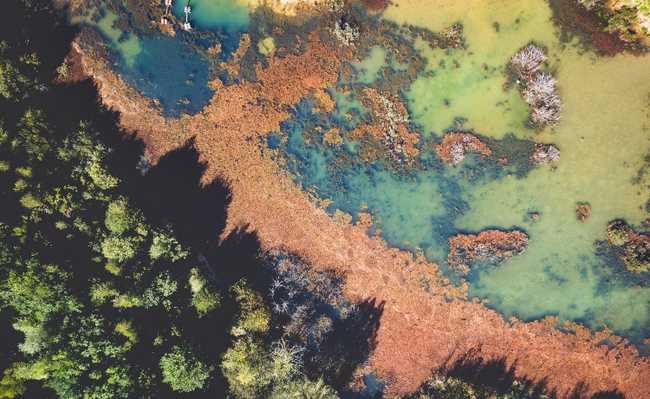What is heat allergy?
Heat allergy can be understood as a series of allergic reactions that appear in hot weather

Edited and resized image by Daoudi Aissa, is available on Unsplash
Heat allergy causes an irritation that is not easy to bear. Itching, redness and even blisters often appear when the temperature rises. But the effects of heat don't stop with skin allergies. Unfortunately, some people even faint, have heat stroke, and have low or high blood pressure. And the worst thing is that opportunistic fungi start to proliferate, such as ringworm and candidiasis. But these effects of heat are not actually, in medical terms, an allergy per se.
- Low blood pressure: understand symptoms, causes and treatments
- Candidiasis: know causes, symptoms, types and know how to treat
- What is ringworm, types and how to treat it
What happens is that, with the hottest days, allergic reactions can appear due to the heat and the use of synthetic clothes (which make it difficult for the fabric to absorb sweat), closed shoes, jewelry, harmful cosmetics, among others. According to the World Health Organization, in Brazil, 30% of the population suffers from some type of allergy.
- Substances to avoid in cosmetics and hygiene products
Miliaria (better known as prickly heat) and cholinergic urticaria are types of skin allergies that tend to appear more often in heat. The prickly heat appears mainly in babies and young children, while cholinergic urticaria is a type of skin allergy that appears mainly in adults during periods of heat or physical activity, for example.
Miliaria (prickly heat)
A prickly heat is identified by the appearance of small, itchy rashes - due to sweat trapped under the skin with clogged sweat gland ducts. It can have several levels, ranging from mild to the frame where pustules appear.
It can appear in many areas of the body, but the most common are the upper chest, neck, creases in the elbow, under the breasts, the scrotum, and areas that come into contact with clothing such as the back.
Prickly heat can also be associated with folliculitis, a condition in which hair follicles become clogged and become inflamed.
- Folliculitis: symptoms, treatment and prevention
Cholinergic urticaria
Cholinergic urticaria is caused by an increase in body temperature. It usually develops when there is physical exercise, a very hot bath, stress, anxiety or heat, but disappears a few hours later. Symptoms are usually swelling of the skin with surrounding redness and itching (appear within the first six minutes of exercise and worsen within the next 12 to 25 minutes). The swelling starts in the chest and neck and can spread to other areas, lasting up to about four hours.
You may also experience symptoms such as:
- Abdominal pain
- Nausea
- vomiting
- Diarrhea
- hypersalivation
Exercise-induced anaphylaxis can have fatal symptoms and require immediate medical attention. Call the ambulance if you have symptoms such as:
- difficulty breathing
- wheezing
- Abdominal pain
- Nausea
- Headache
One of the simplest ways to manage this type of urticaria is to modify the way you exercise and avoid situations that raise your body temperature. Your doctor can advise you on the best way to achieve this. Depending on your needs, treatment may involve limiting outdoor exercise during the summer months and learning strategies to manage stress and anxiety.
Symptoms usually clear up in a matter of hours, but if they are frequent, talk to your doctor about how to prevent future episodes. You should always seek immediate medical attention if the condition causes wheezing, breathing difficulties, or other severe symptoms. Take a look at the article: "Heat? Know how to cool the environment in your home", maybe the tips can help you to prevent episodes of heat allergy.



